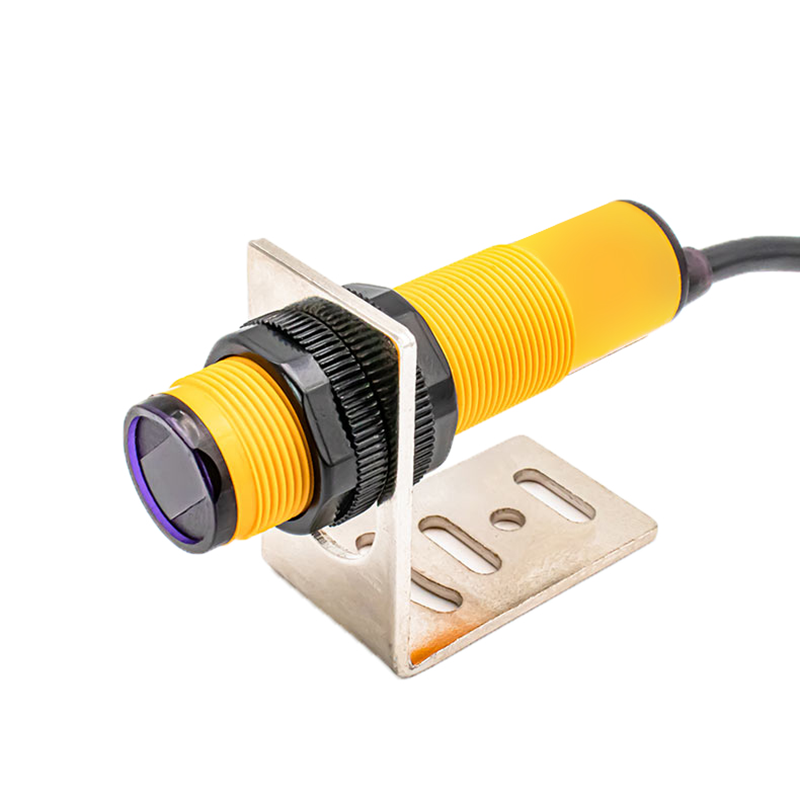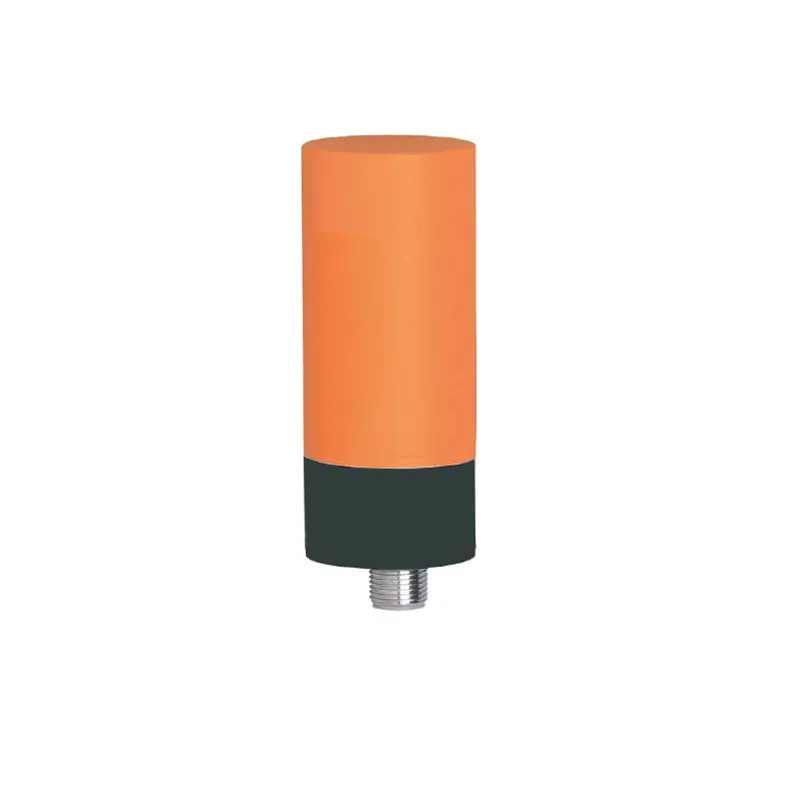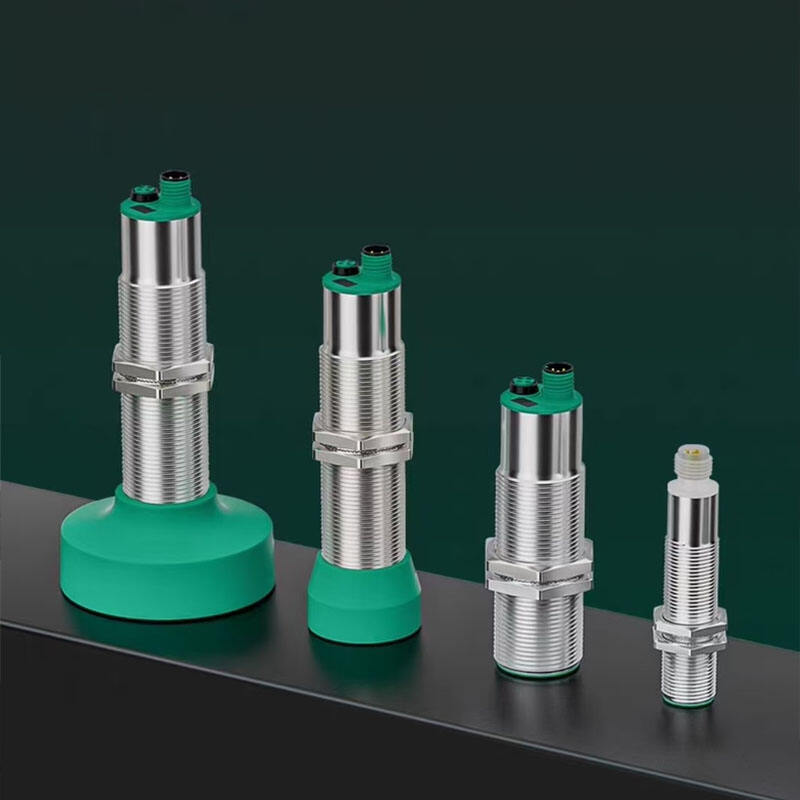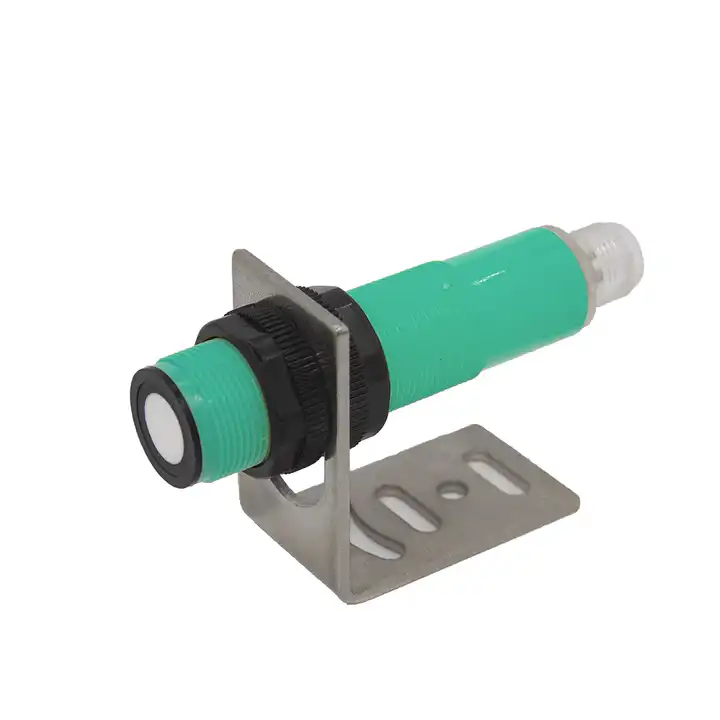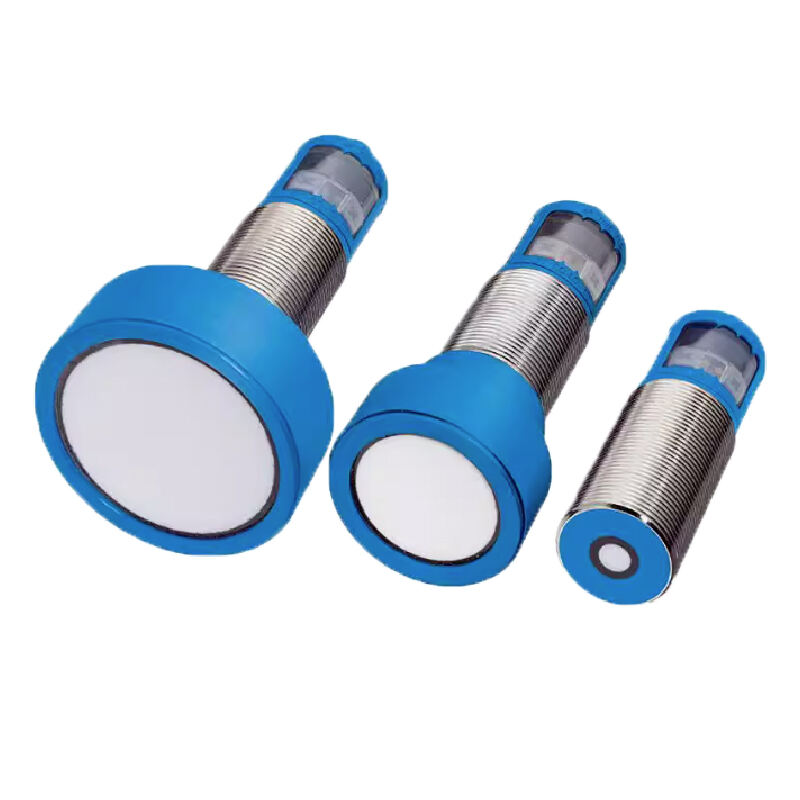measuring water level using ultrasonic sensor
Measuring water level using ultrasonic sensors represents a cutting-edge approach to liquid level monitoring that combines precision, reliability, and non-contact measurement capabilities. This technology operates on the principle of sound wave propagation, where the sensor emits high-frequency sound waves that bounce off the water surface and return to the sensor. The time taken for this round trip is precisely measured and converted into distance measurements, allowing for accurate water level determination. The system typically consists of an ultrasonic transducer, a signal processing unit, and a display interface. Modern ultrasonic water level sensors incorporate advanced features such as temperature compensation, automatic calibration, and digital output options for seamless integration with monitoring systems. These sensors can operate effectively in various environments, from industrial tanks to municipal water systems, and can measure levels ranging from a few centimeters to several meters. The technology's versatility allows for implementation in both indoor and outdoor settings, with specialized versions designed to withstand harsh environmental conditions. The measurement process is continuous and real-time, enabling immediate detection of level changes and automated responses when integrated with control systems.

